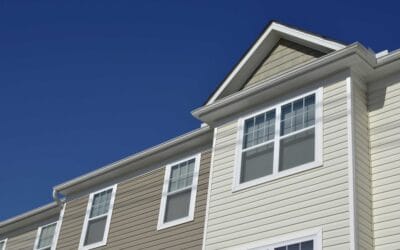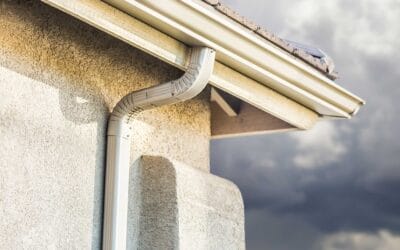 The inside of your home and the inside of your workplace looks very different, right? They each have very specific needs, so they have to be different. By that same logic, the techniques and materials involved in residential roofing differs greatly from that required for commercial roofing. Below we take a look at the key differences that distinguish them.
The inside of your home and the inside of your workplace looks very different, right? They each have very specific needs, so they have to be different. By that same logic, the techniques and materials involved in residential roofing differs greatly from that required for commercial roofing. Below we take a look at the key differences that distinguish them.
Scale
A commercial building is most likely going to be multiple times the size of a residential property. This massive difference in scale is a big reason why the requirements for each vary. It may just not feasible to incorporate standard residential roofing materials and techniques at scale, and wouldn’t really make any business sense.
Design
More often than not, residential roofs are designed with steep slopes, whereas commercial roofs feature gentler slopes or even completely flat roofs. In addition, the only additional features likely on a residential roof is a chimney, whereas commercial roofs will have to make many design considerations. For example, external piping, smoke stacks, and air flow systems.
Materials
Since commercial roofing is flat, it usually makes use of material such as metal or bitumen in the form of a built up flat roof. These are more cost effective options, which makes sense given the larger surface area that needs to be covered with commercial roofing.
Residential roofing on the other hand, is not restricted at all in terms of materials. This will depend on the homeowner’s preference and specific requirements. Common residential roofing materials include asphalt shingles, clay or concrete tiles and slate.
Installation
Again scale comes into play. The installation of commercial roofing is a lot more complex than residential roofing. The latter can take up to just a few days to install, while the former can go on for weeks at a time. Owing to the size of commercial properties, it will also require specific tools and safety measures that won’t be necessary in more straight-forward residential installations.




